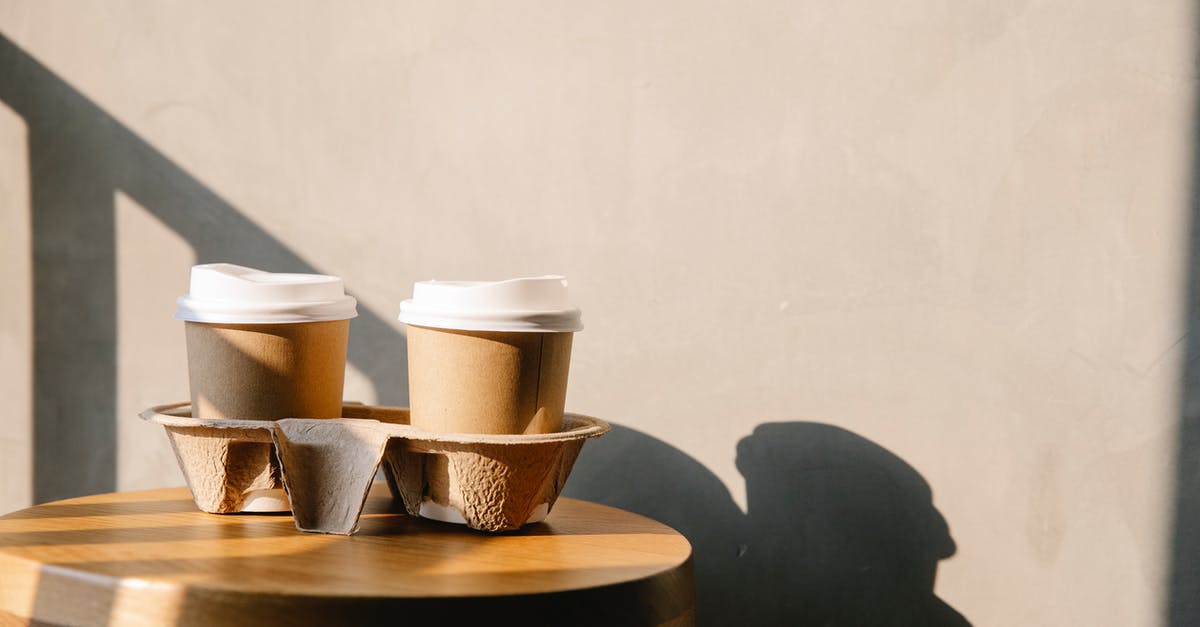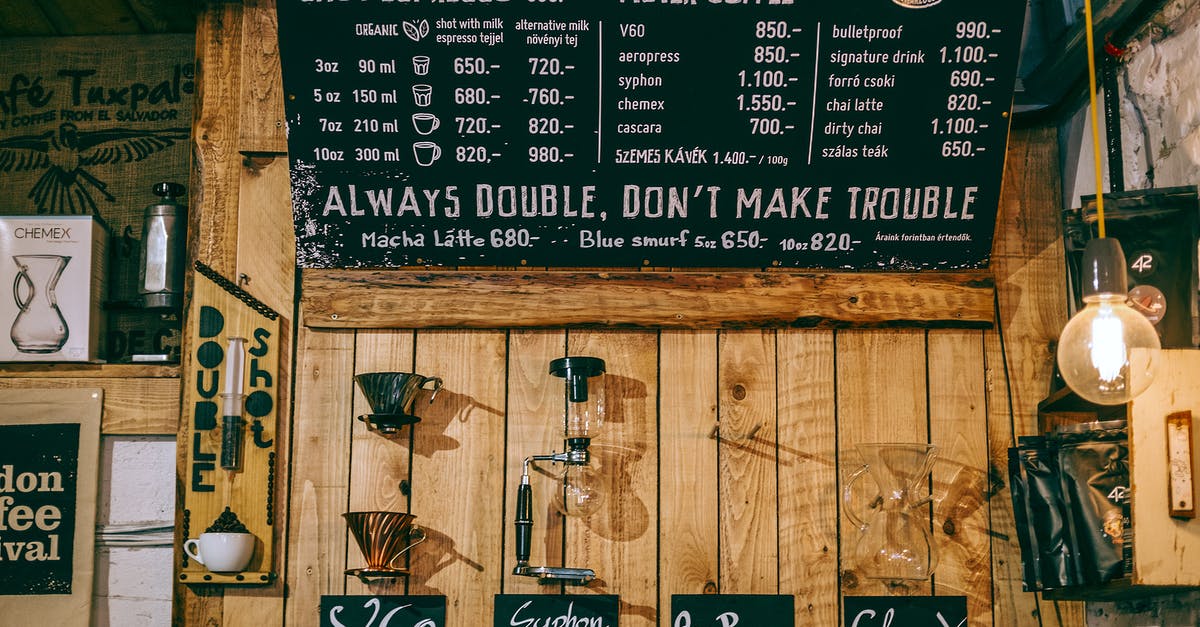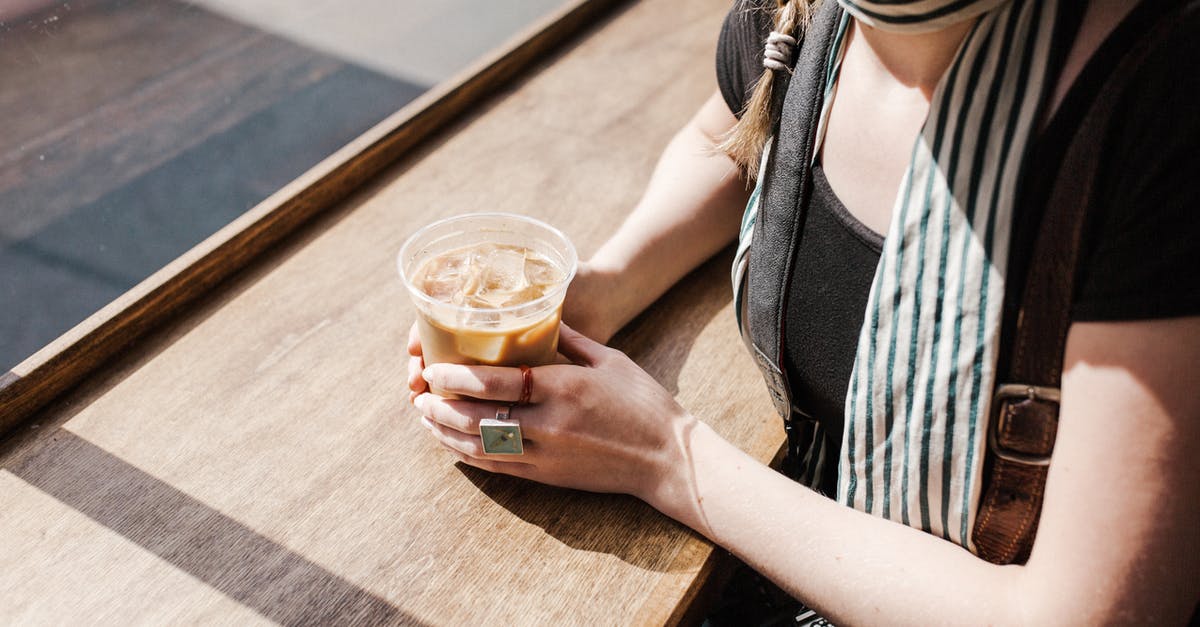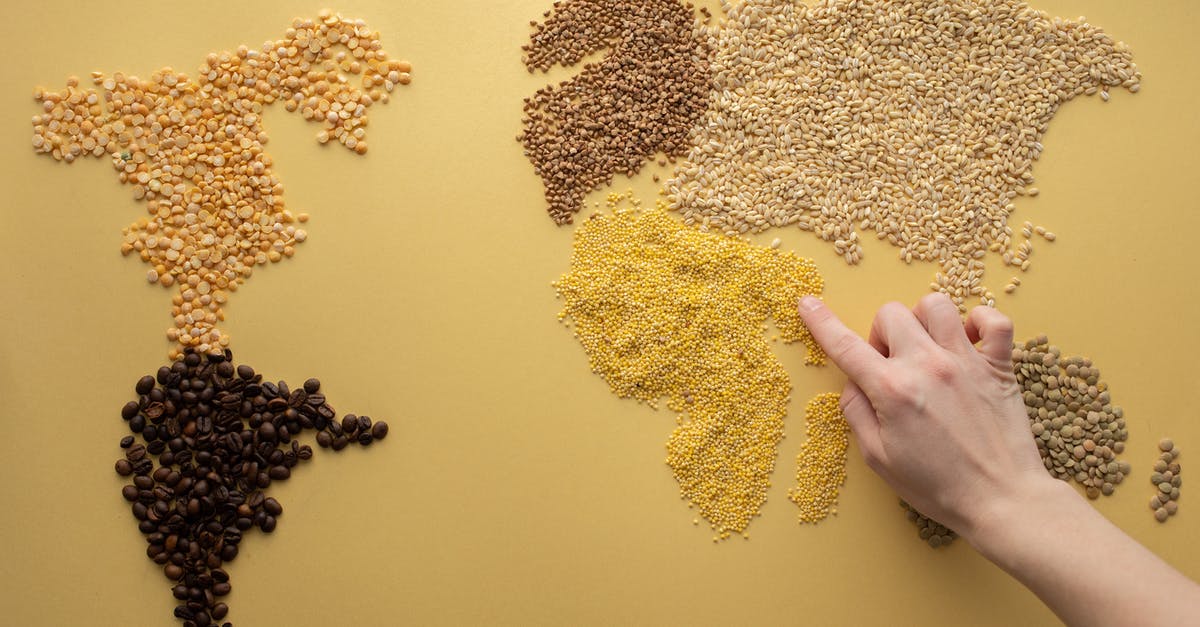Difference in caffeine levels between light and bold coffee?

Over the last few years I had come to believe that the roasting process for bold coffees removed caffeine from the beans resulting in a lower caffeine content than compared to a light roasted coffee. I got this idea from Good Eats with Alton brown. Here's the clip where the master roaster makes this point.
However, yesterday's On Point w/ Tom Ashbrook had on a coffee expert that made the opposite claim. Also, comments the page have pointed to sources describing the inconsistency of caffeine levels: Caffeine content by roast level and Does dark roast coffee have less caffeine than light roast?
Searching around on .edu sites I find charts that seem to support the idea that bolder coffees contain more caffeine. The charts show smaller amounts of bold coffee (2-4oz) contain the same amount of caffeine as larger amounts of light roasted coffee (6oz). So, obviously, typical consumption amounts play a role in how much caffeine will be ingested.
Caffeine Charts
- http://www.uhs.umich.edu/caffeine#contents
- http://www.psychiatry.ufl.edu/aec/research/abstracts/sobpcaffiene.pdf
In the end, I'd like a definitive answer to this question: after roasting which bean contains more caffeine or is the difference negligible? And/or does the brewing method significantly alter the caffeine content?
Best Answer
I believe that the following study provides a definitive answer:
From the abstract:
High performance liquid chromatography (HPLC) was applied to the analysis of caffeine, trigonelline, nicotinic acid and sucrose in Arabica and Robusta coffee. Green and roasted coffee samples were used in this study and the degradation of sucrose and trigonelline, with the formation of nicotinic acid, was followed during roasting. Caffeine did not undergo significant degradation with only 5.4% being lost under severe roasting.
Roasting does in fact lower the caffeine content, so bolder coffees will have less caffeine if they come from the exact same bean. But even under the worst conditions, the impact of roasting is trivial compared to the impact of bean selection, brewing method, etc.
What does degrade is sucrose (sugar), which is why heavily-roasted beans tend to taste so bitter (or "bold").
Bottom line: Make your roasting decision based on flavour preference, not caffeine content. Because the effect on caffeine is so small, you really can't compare the caffeine content of light roasts vs. dark roasts categorically unless you have a controlled sample, which you don't unless you're working in a lab.
Pictures about "Difference in caffeine levels between light and bold coffee?"



Quick Answer about "Difference in caffeine levels between light and bold coffee?"
Dark roasts, with their bolder, gustier taste are typically seen as carrying a more substantial caffeine punch than light roasts. However, the stronger-tasting brews aren't actually an indicator of their caffeine content. Light roast coffee has approximately the same caffeine content as dark roast coffee per bean.Which coffee is stronger light or dark?
Let's dispel the most common myth right off the bat: A dark-roasted bean contains more caffeine than a light-roasted bean due to its stronger flavor. Not true. Actually, the caffeine content in both is virtually the same.How much caffeine is in a cup of bold coffee?
Also known as regular coffee, brewed coffee is made by pouring hot or boiling water over ground coffee beans, usually contained in a filter. One cup of brewed coffee (8 oz) contains about 70\u2013140 mg of caffeine, or about 95 mg on average ( 1 , 2).Is Bold coffee stronger than regular coffee?
For a bold cup of coffee, you'll need a higher coffee to water ratio when brewing. It's as simple as that. A bold cup of coffee can be made with light, medium or dark roasted coffee. What makes it bold is the fact that there's more coffee jammed into that one cup, giving it more caffeine and a stronger flavor.Which type of coffee has the most caffeine?
The world's highest caffeine coffee is Black Label by Devil Mountain. At over 1,500 milligrams of caffeine per serving, this coffee is not for the faint of heart. It is non-GMO, USDA-certified organic, and fair trade.Caffeine Content in Coffee - Light Roast VS Dark Roast? Espresso VS Drip?
More answers regarding difference in caffeine levels between light and bold coffee?
Answer 2
Posted from: http://coffeefaq.com/site/node/15 by Daniel Owen:
It really depends on how you measure the caffeine. When coffee is roasted the beans loose some water content (somewhere in the 20% range give or take a few percent). At the same time it is losing weight it is gaining size. This leads to a situation that makes answering this question a little interesting.
Assuming all other variables are the same, if you measure by weight you actually have more caffeine in dark roast because the water loss is faster than the minimal caffeine loss during roasting. If you measure by volume you have less caffeine because the beans expand as they roast. This seems to confuse some people so let me restate the above. If you measure your coffee using a scoop you will have less caffeine per cup using dark roast coffee. If you measure your coffee by weight you will have more caffeine per cup using a dark roast. The difference one way or the other is small. If you are buying a cup of coffee and the coffee is measured by weight (common with prepacked coffee used in many offices and some restaurants) then dark roast will have slightly more caffeine. If you buy a cup and the restaurant measures by volume (common when coffee is fresh ground and measured on the fly) then light roast will be slightly higher in caffeine simply because you will have more coffee grounds. This is really only an issue if you are talking about two identical coffees and even then the differences are small. It is conceivable if you are comparing two available brewed coffees that a difference in varietals between them could make the have as much effect as the roast and the preparation method will almost certainly had a larger effect than the roast level or varietal. If there is a Robusta in one of the coffees it is almost guaranteed to have more caffeine. This is mostly an academic discussion because the differences in caffeine content are relatively small.
Answer 3
Caffeine's boiling point is 352.4F or 178C. Note that it sublimates before its anhydrous (dry) melting point.
Wikipedia's article on coffee roasting, and other hobbyist sources, recommend roasting temperatures upwards of 400F / 200C, so caffeine "loss" is expected.
Of course, strain of bean and other treatment of the coffee/grinds can also affect total caffeine.
Answer 4
The boiling point of caffeine is 315 degrees, and most places don't go anywhere near that (about 260 for our darkest roast), and I've yet to find anywhere that actually goes in to detail as to how the caffeine is "lost" during the roasting process. Aside from that, Danny boy totally has the right idea. Dark roast has significantly less weight per bean, so you should still end up with more caffeine in the dark even if the magical caffeine fairies remove caffeine from the beans before boiling point or decomposition. Grind and extraction methods do matter a great deal. Most commercial coffee houses will be using the same brewers on different roasts of coffee using the same grind for the beans, so for generic brewed coffee dark roast will always have slightly more caffeine.
Sources: Stack Exchange - This article follows the attribution requirements of Stack Exchange and is licensed under CC BY-SA 3.0.
Images: Sarah Chai, Maria Orlova, Andrew Neel, Monstera
